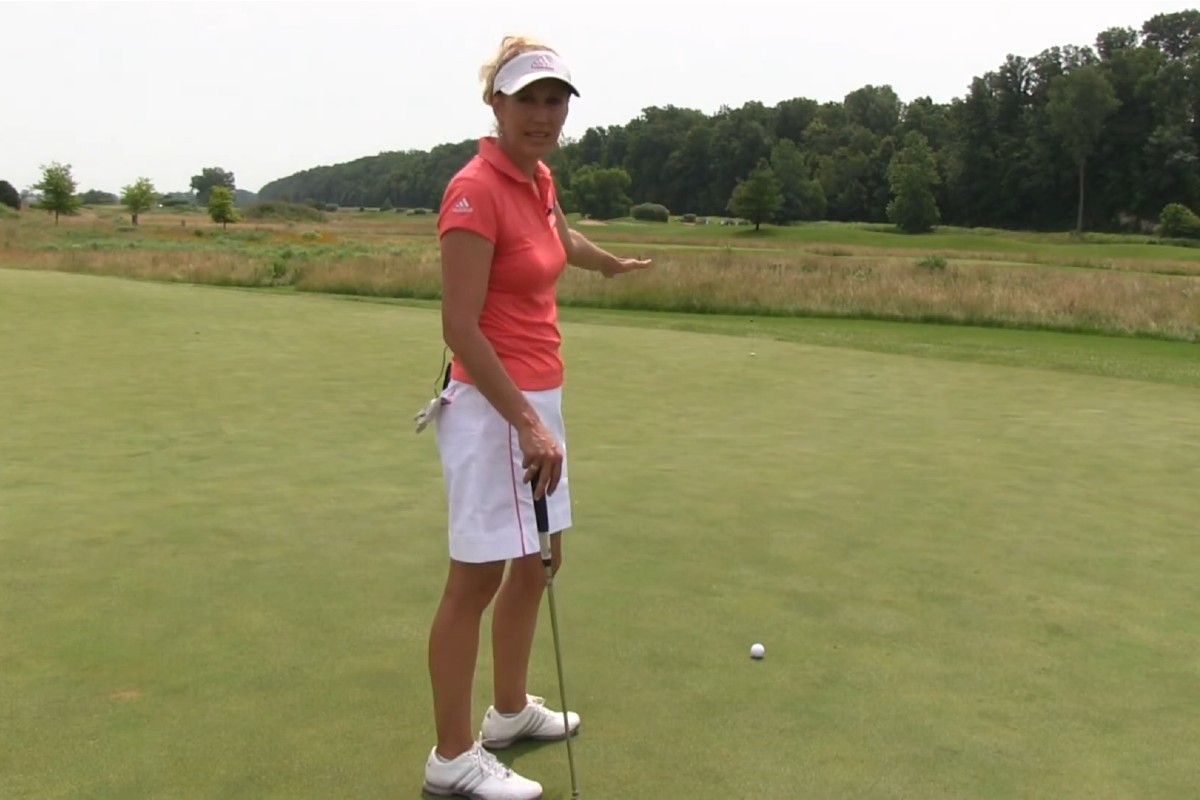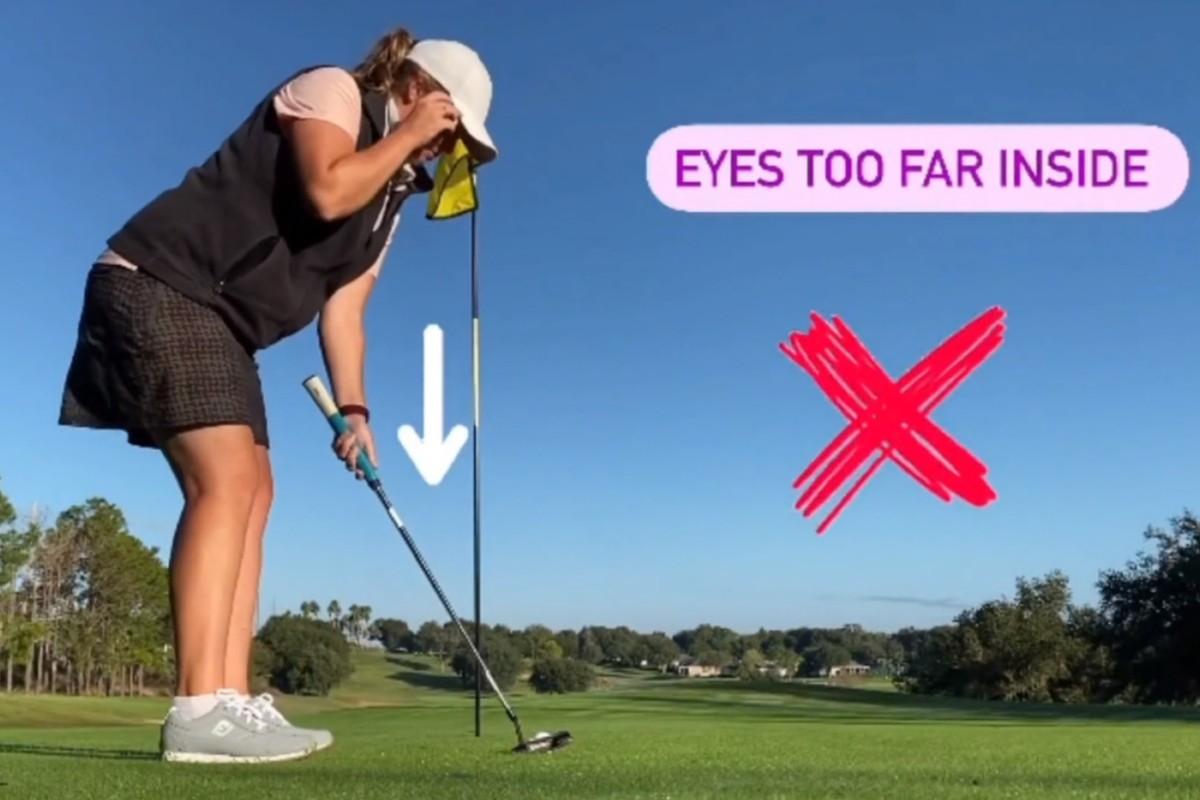Probably the area of putting that my students find the most challenging is reading the greens. It’s not as if reading a putt isn’t difficult enough, but then throw in a double or triple break and it becomes a huge challenge. Deciphering which break is going to have the most affect on the roll can be tricky. Add in severe changes in undulation and it makes it even more interesting. Just like anything else in golf though, it’s all about being prepared and having a system.
Your pre putt routine with multiple breaks isn’t really any different than what you should be doing on every putt, with the exception of studying each break separately.

Circle the hole – This is something you should be doing on all putts, but perhaps it’s even more crucial when you are dealing with multiple breaks. As you start from your ball and walk around the hole and back try to feel what’s going on with your feet. Which foot has the most pressure on it? The foot with the pressure is the one with your weight on it because it’s more downhill. So if you can’t see the break, you can certainly feel it. This walk around gives you the chance to see any old ball marks, imperfections or spike marks in the green.
You can also take this opportunity to look for grain. While most greens (especially bent grass greens) don’t have strong enough grain to pull the ball off line significantly, some still do. You find this effect mostly on Bermuda grass greens. If you can see the blades of grass growing strongly in one direction then you know you have something to deal with. This is often easiest seen around the cup.
Don’t over read the first break – Be careful not to over play the first break. This is a common mistake and one that’s very easy to make. Keep in mind that the ball is going to have the most speed right when it comes off of the clubface so it will typically roll through the first break. It just depends on how severe the break is. When the putt slows as it gets closer to the hole it is more likely to fall off line.
Focus on the biggest break – Be sure to quickly determine the biggest break and put most of your focus there. If you miss read the big one, the ball is going to roll of line and won’t even make it to the next break. Speed obviously has a huge influence on the amount of break the ball is going to take and there is obviously a lot of guesswork that has to take place here, but the big one is going to move your ball the most influence on the ball.
It’s just a matter of being prepared and having a system. If you practice this on the practice green you will be prepared to quickly walk through these steps on the course without if affecting your pace of play or causing confusion. The smart play of course is to land your ball on the green in a spot that gives you a flat easy putt to the hole, but when faced with a challenging double or triple breaking putt simply follow these steps and you should roll a good putt.
The Situation: You are faced with a double or triple breaking putt and aren’t sure how to read it.
The Solution: Take the time to circle all the way around the hole and back to your ball. Feel the slope of the ground underneath your feet. Look for ball marks, spike marks, grain and any imperfections that could influence the roll of the ball. Be carefull not to play too much break on the first part of the putt where the ball will come off the putter face with a lot of speed. Make a mental note of the biggest break in the putt. This one will have the most influence so you’ll want to read it right.
Be prepared, stick with your routine and you should have no problem getting a good read on multi breaking putts.






